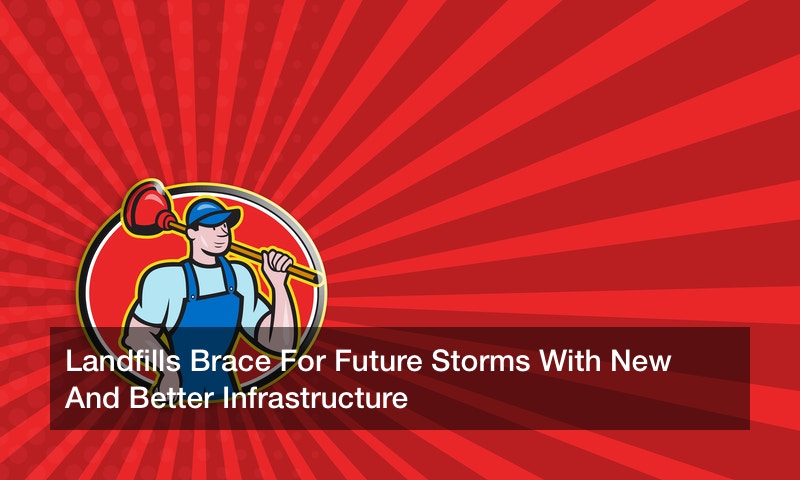
 In recent years, a surprising number of severe storms and weather patterns have emerged across the globe. From artic winds to unprecedented rainfall, cities in the U.S. are being battered and beaten with some frequency; one of the most vulnerable locations are the coastlines.
In recent years, a surprising number of severe storms and weather patterns have emerged across the globe. From artic winds to unprecedented rainfall, cities in the U.S. are being battered and beaten with some frequency; one of the most vulnerable locations are the coastlines.
Storm surges describe the intense hurricane winds that are blown along the ocean surface, causing water to build up as it approaches the shoreline. The size of the storm — including its speed, central pressure, overall shape, and angle of approach — all play a role in determining how much damage will be done; since waves can act as battering rams weighing about 1,700 lbs per cubic yard, buildings and roads are easily destroyed or eroded. This is why nearly 14% of the U.S. coastline is armored with hard infrastructure.
In addition to the importance of a city’s roads and buildings, the safety and protection of landfills during raging storms is vital. Since wastewater leakage can make an already bad situation much worse by increasing the risk of disease and infection, landfill operators are focusing on building more and bigger stormwater and leachate ponds.
“We overdesigned our system to be able to handle these regional storm events. We adjusted our final contours for better stormwater flow and sized the perimeter of stormwater ditches to adequately handle larger flow. And we made them bigger and wider,” says Mike Jovanovic, vice president environmental affairs at Terrapure Environmental, a waste management company based 30 miles from Toronto.
Landfills aren’t the only public health hazards caused by strong storms. While 20% of Americans use septic tanks, the rest rely on municipal water treatment facilities. In cities like Baltimore, heavy rains and storms regularly lead to sewage flooding city streets. Now, flooded landfills threaten many coastal cities with a new public health hazard.
In the past, landfill stormwater systems were based on 25-year design storm-events or weather events that are statistically possible every 25 years; this is area-specific, so in Virginia Beach, that would be six or seven inches of rainfall in a 24-hour period. Because of the upswing in major storm events — ones that have been classified as one in 50-year or one in 100-year events — landfill operators aren’t taking the chance. After hurricane Michael did upwards of $25 billion in damage, there isn’t another option. They know that they must adapt and evolve as the times change in order to stay on top of and reduce the potential damage.
“Stormwater management is dynamic, and our goal is to anticipate changes and adapt plans accordingly to minimize risk,” says William Mojica, Republic Services director of environmental compliance. “It’s understanding the facility’s lifecycle, what best management practices (BMPs) are required and anticipating what may come.”



